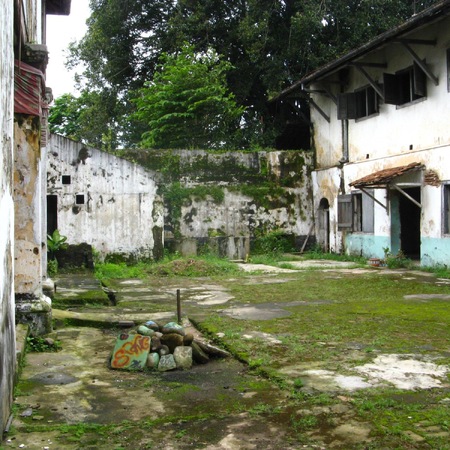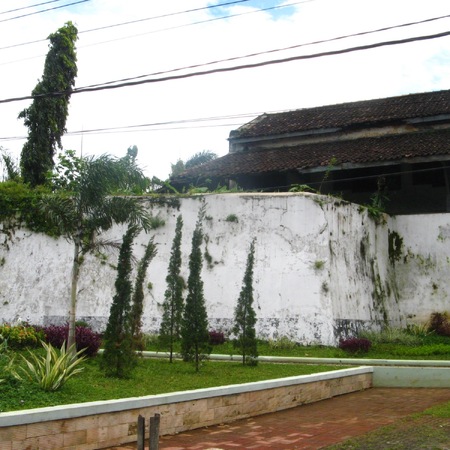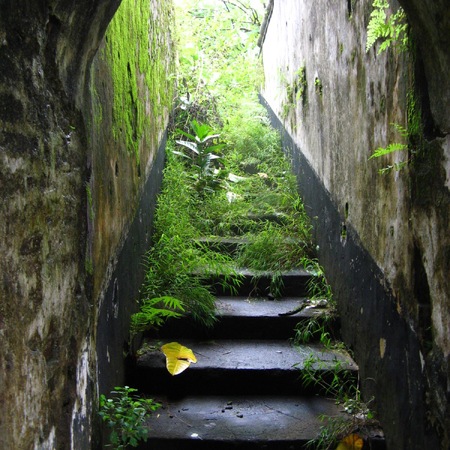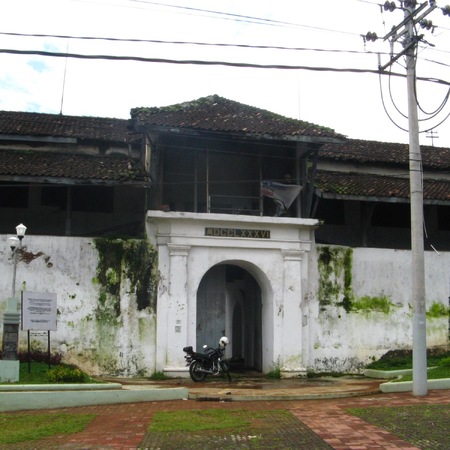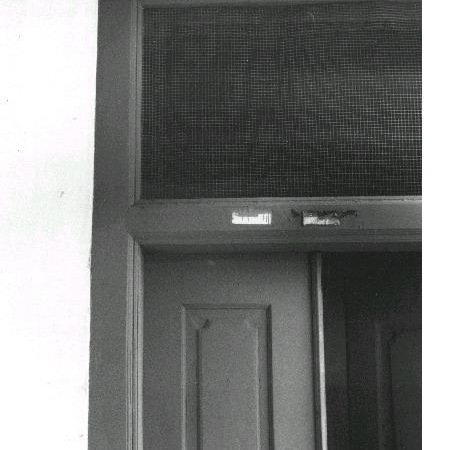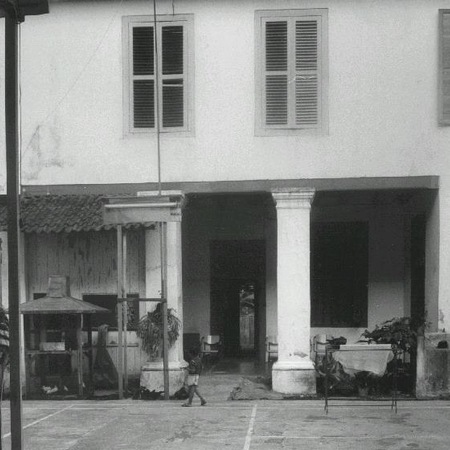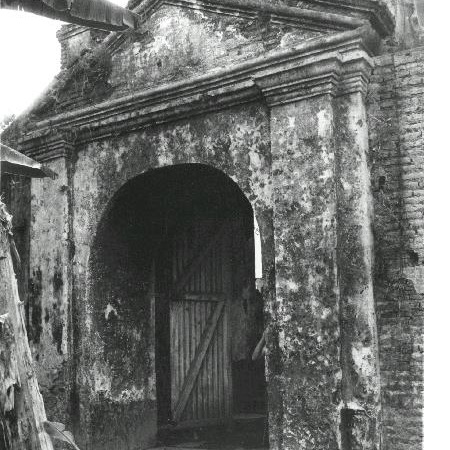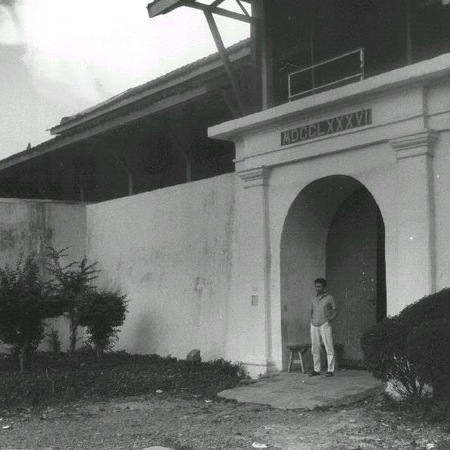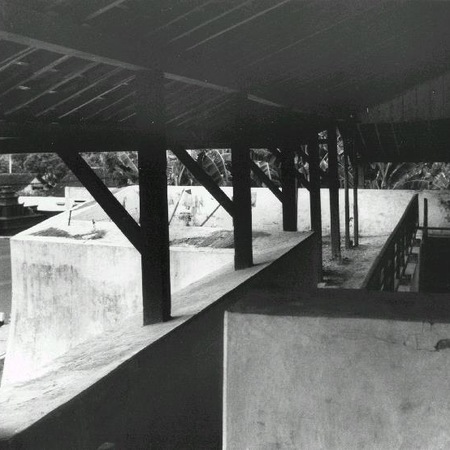In the treaty between the VOC and the susuhunan after the Chinese War (1740-1743) it was decided that three forts would be built to control the strategic road between Semarang and Jogyakarta. The cost of the construction was paid by the susuhunan.
Fort De Ontmoeting (Encounter) was probably built after the signing of the Treaty of Giyanti (1757), in which Mataram was divided between the susuhunan in Yogyakarta and the sunan in Surakarta. The name of the fort reminded of the historical encounter (Dutch: Ontmoeting) between Sunan Pakubuwono II and governor general Gustaaf Willem Baron van Imhoff on May 11, 1746. It is possible that there was a temporary fort, because the gable stone of the existing stone fort mentions the year 1786. During the renovation of the latter year, the fort got its current square form with four half-bastions.
In 1811 a British invasion army landed near Batavia and beat the Dutch-French Army. Fort De Ontmoeting was taken soon after. In 1817 the Dutch were back and laid a garrison of 25 men in the fort. De Ontmoeting lost much of its significance after the construction of the large fort Willem I in Ambarawa (1837-1844). From 1840 until 1908 the fort was mainly used to take care of sick soldiers, because of the healthy mountainous environment. From 1865 it no longer served a defensive function. From 1919 to 1942 the fort was probably empty. It was subsequently used by the Japanese army, Indonesian nationalist troops, the Dutch military police, the Indonesian army and as residences of the Indonesian police and their families. From 2008 it stood empty; in 2011 it was entirely renovated.
